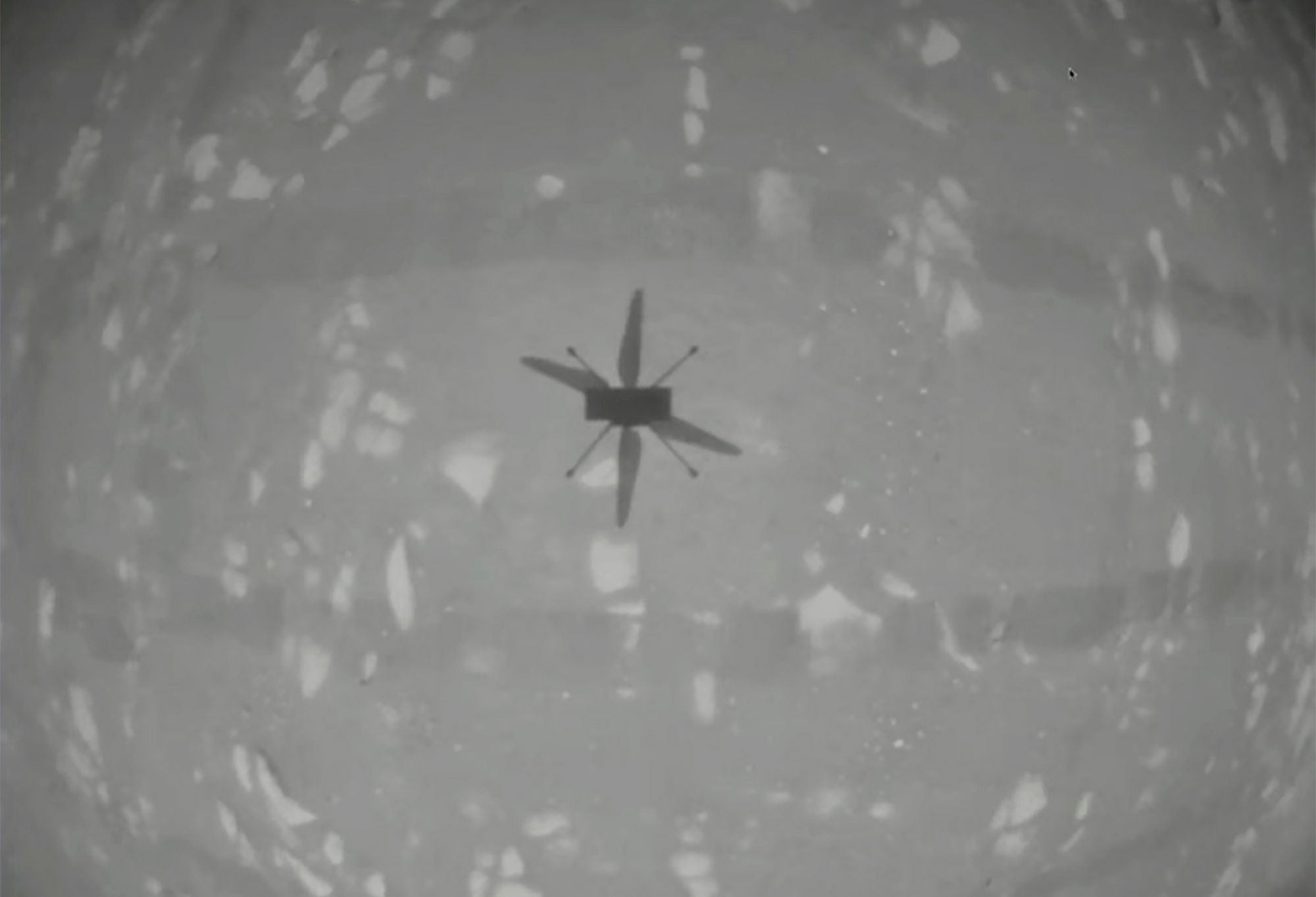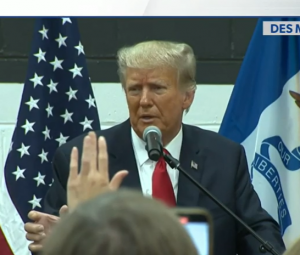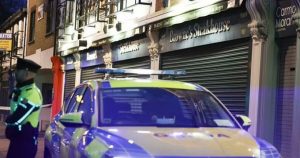NASA’s Ingenuity helicopter – designed by J (Bob) Balaram – made history on Monday, successfully conducting the first-ever powered, controlled flight on Mars. The helicopter took off a few feet from the ground, hovering in the air for about 20 to 30 seconds.
The brain behind the first powered flight on another planet, Balaram is an IIT-Madras alumnus. NASA hailed the engineer’s achievement as ‘our Wright brothers moment’ as Ingenuity became the first machine from Earth to fly like an airplane or a helicopter on another planet. The Mars helicopter is carrying a small piece of cloth, covering one of the wings of the Wright brothers’ first aircraft, reports AFP, quoting Balaram.
Also Read: ‘You’re not superhero’: Mumbai doctor’s warning on COVID, and an appeal
“She’s even healthier than she was before this flight — she shook off some of her dust that had been covering the solar panels, and is in fact producing even more solar energy than before,” he said.
Who is J (Bob) Balaram?
J (Bob) Balaram is the second prominent engineer of Indian origin to feature in NASA’s Mars Mission after Swati Mohan, who is the lead operations engineer of the Mars Rover Perseverance.
Growing up in South India, Balaram was fascinated by rockets and cosmic beauty. He also wrote to the US Consulate asking for information about NASA and space exploration, to which the consulate sent him an envelope stuffed with glossy booklets, a report by The Times of India says. His interest in space was piqued further by listening to the Moon landing on the radio.
Also Read |Maharashtra Cabinet favours ‘strict lockdown’, final announcement tomorrow
The 30-second flight of the helicopter was the result of Balaram’s 35 years of work on robotics at NASA’s Jet Propulsion Laboratory (JPL), which he joined in 1986. The Ingenuity engineer graduated from New York’s Rensselaer Polytechnic Institute and earned his Doctorate in mechanical engineering from IIT Madras.
Balaram, who is referred to as Bob, has worked over rovers spans machine vision for rover hazard detection, improved methods for rover position determination, rover system re-configuration, and software system architectures for rover development.
As the lead engineer for machine intelligence, Balaram had led a team responsible for coordinating multiple robotic manipulators and vision-based sensing to achieve automation of servicing operations on JPL Telerobot Testbed.
Having worked on the Remote Surface Inspection for the Space Station in the area of real-time, Balaram is the recipient of two NASA awards and eight New Technology awards.







